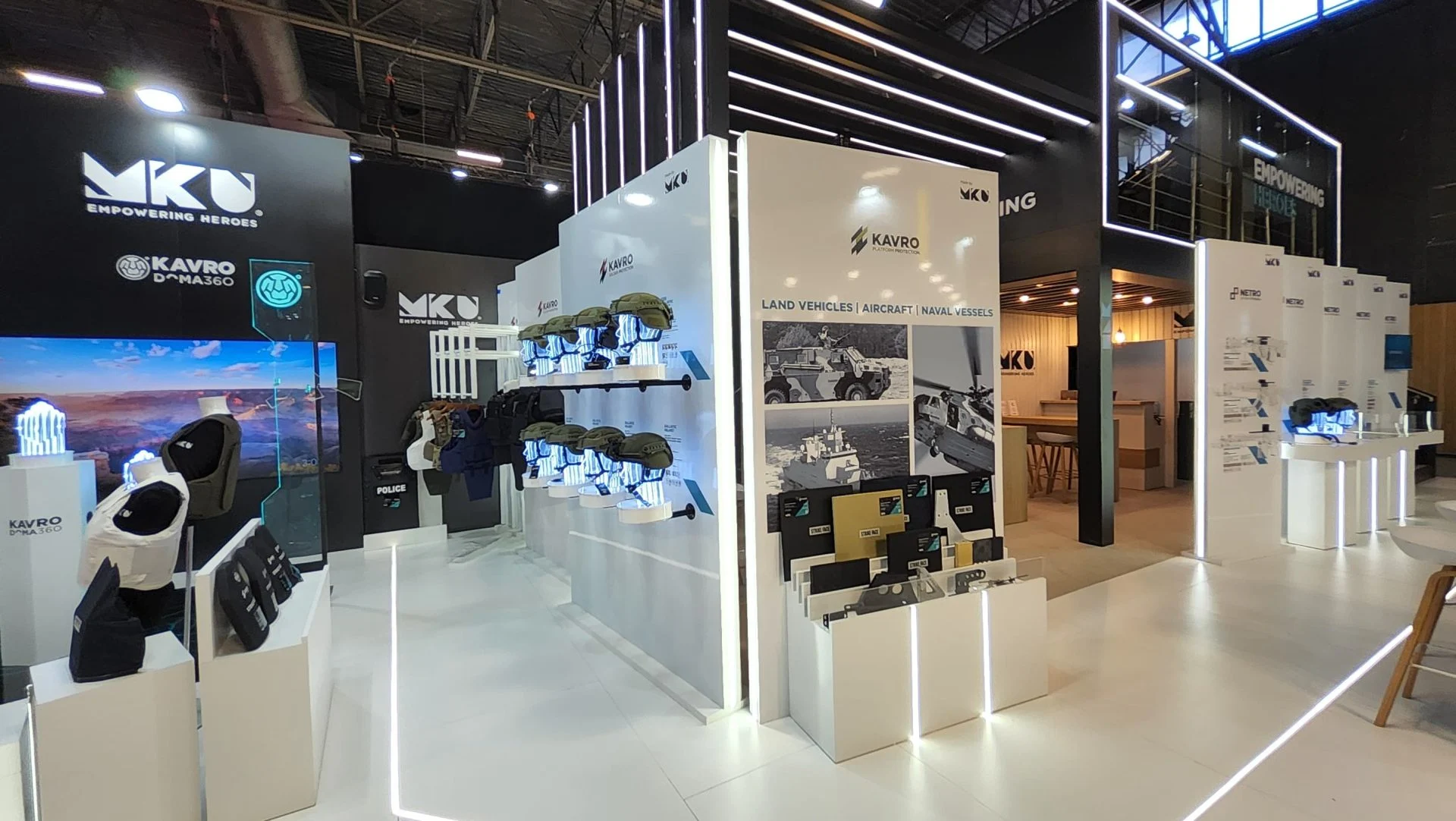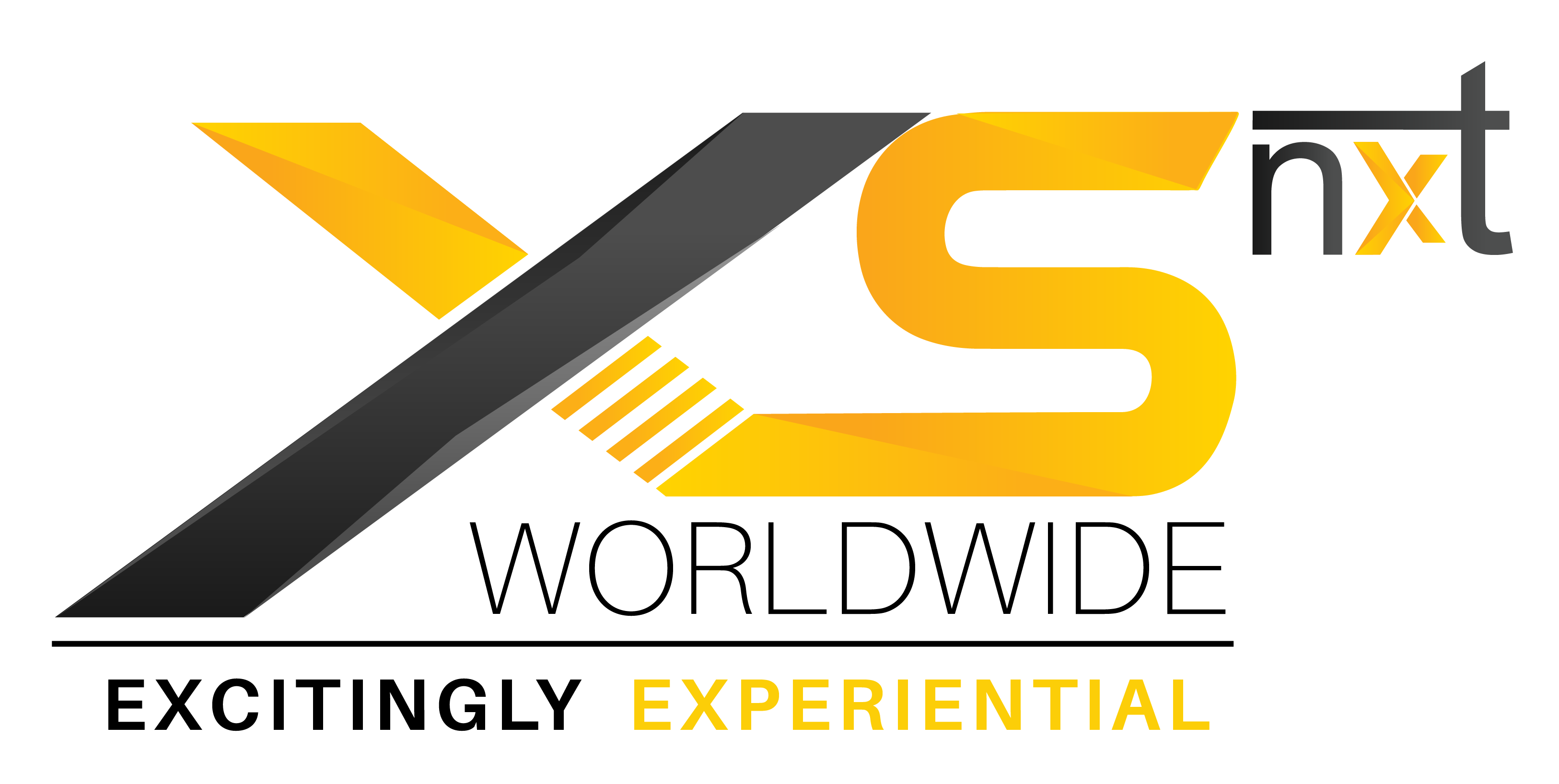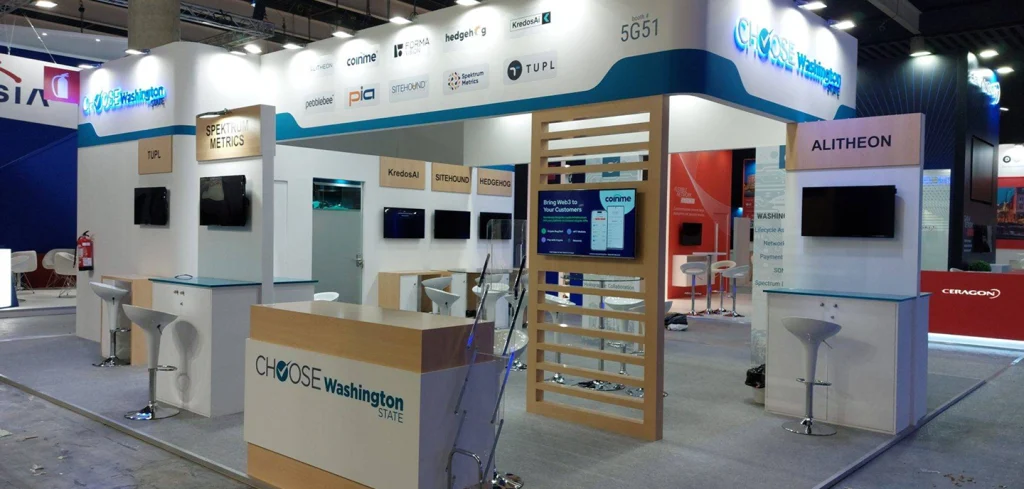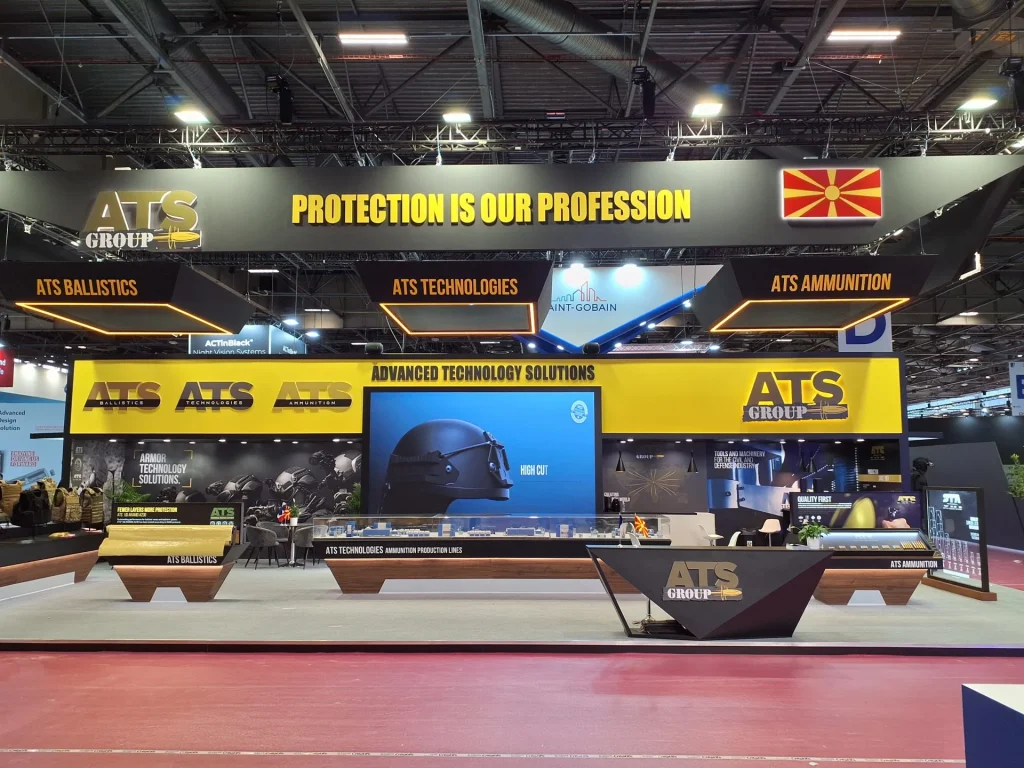
Why Is Sensor Technology Reshaping Booth Design?
Sensor-based interactivity is becoming a core element of smart booth design in the UK. At major venues like ExCeL London, NEC Birmingham, and Olympia London, exhibitors are turning to motion, proximity, and pressure sensors to create responsive trade show environments that adapt in real time to attendee behavior. These technologies not only enhance user engagement but also provide rich, actionable data for post-event analysis.
How Sensor Technology Is Enhancing Trade Show Experiences?
1. Motion Sensors for Dynamic Visual Engagement
Motion sensors allow booths to react visually as attendees approach. Exhibitors are now using:
• Auto-triggered LED lighting that draws visitors toward key product areas.
• Interactive screens that wake up and change content based on movement.
• Animated backdrops that activate as foot traffic passes.
Trade show exhibit design companies are incorporating motion-activated experiences to make displays more immersive and memorable.
2. Proximity Sensors for Personalized Interactions
Proximity sensors detect how close visitors are to certain elements and trigger specific actions. These tools can:
• Launch tailored video or audio content based on a visitor’s distance.
• Trigger AR or holographic elements when someone enters a defined zone.
• Collect visitor interest data based on which areas they linger near.
Custom exhibit builders are embedding proximity-based systems into booth furniture and walls for hands-free engagement.
3. Pressure Sensors for Smart Product Displays
Pressure-sensitive platforms are now being used in booths to:
• Detects when a product has been picked up, prompting screens to display related specs or testimonials.
• Measure visitor interactions with demo units for lead qualification.
• Provide instant feedback to sales reps on what’s generating interest.
Exhibition booth builders use pressure-sensor integrations to link physical products with digital storytelling tools.
4. Environmental Sensors for Comfort and Adaptability
Exhibitors are using real-time environmental data to optimize the visitor experience. These sensors help:
• Adjust lighting and temperature based on booth occupancy.
• Reduce energy consumption when footfall is low.
• Ensure the booth remains an inviting, well-regulated space throughout the event.
Trade show exhibit design companies are deploying smart environmental controls that enhance both visitor comfort and sustainability.
5. Data Collection and Heatmapping for Post-Event Strategy
Sensor technology enables exhibitors to collect granular data on booth usage, such as:
• Foot traffic patterns and popular engagement zones.
• Dwell time and peak interaction hours.
• Visitor flow inefficiencies that can be improved in future layouts.
Custom exhibit builders now offer sensor-backed heatmapping reports to drive data-informed exhibit design strategies.
The Future of Sensor-Based Booths in the UK:
Looking forward, we can expect:
• AI-powered sensor networks that optimize booth operations in real time.
• Integration with facial expression analysis to gauge emotional engagement.
• Sensor data linked to CRM platforms for smarter lead scoring and follow-up.
UK exhibitors who embrace sensor-enhanced booth design now will lead in precision engagement and analytics-driven performance.
Conclusion: Responsive Booths Deliver Smarter Engagement
Sensor technology is turning traditional booths into intelligent environments. By incorporating motion, proximity, pressure, and environmental sensors, UK exhibitors can design smart exhibits that respond, learn, and adapt—creating better experiences and delivering measurable value.
Is Your Trade Show Booth Sensor-Ready?
Work with an expert trade show exhibit design company to integrate responsive sensor systems that drive real-time interaction and long-term insights.


 Global
Global USA
USA

